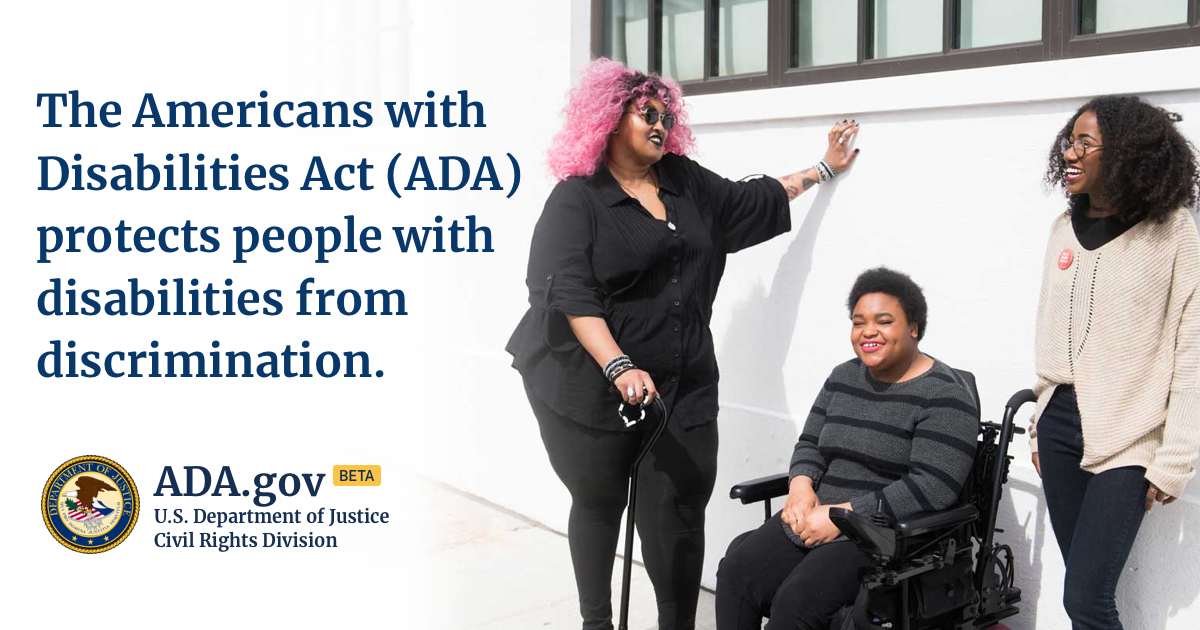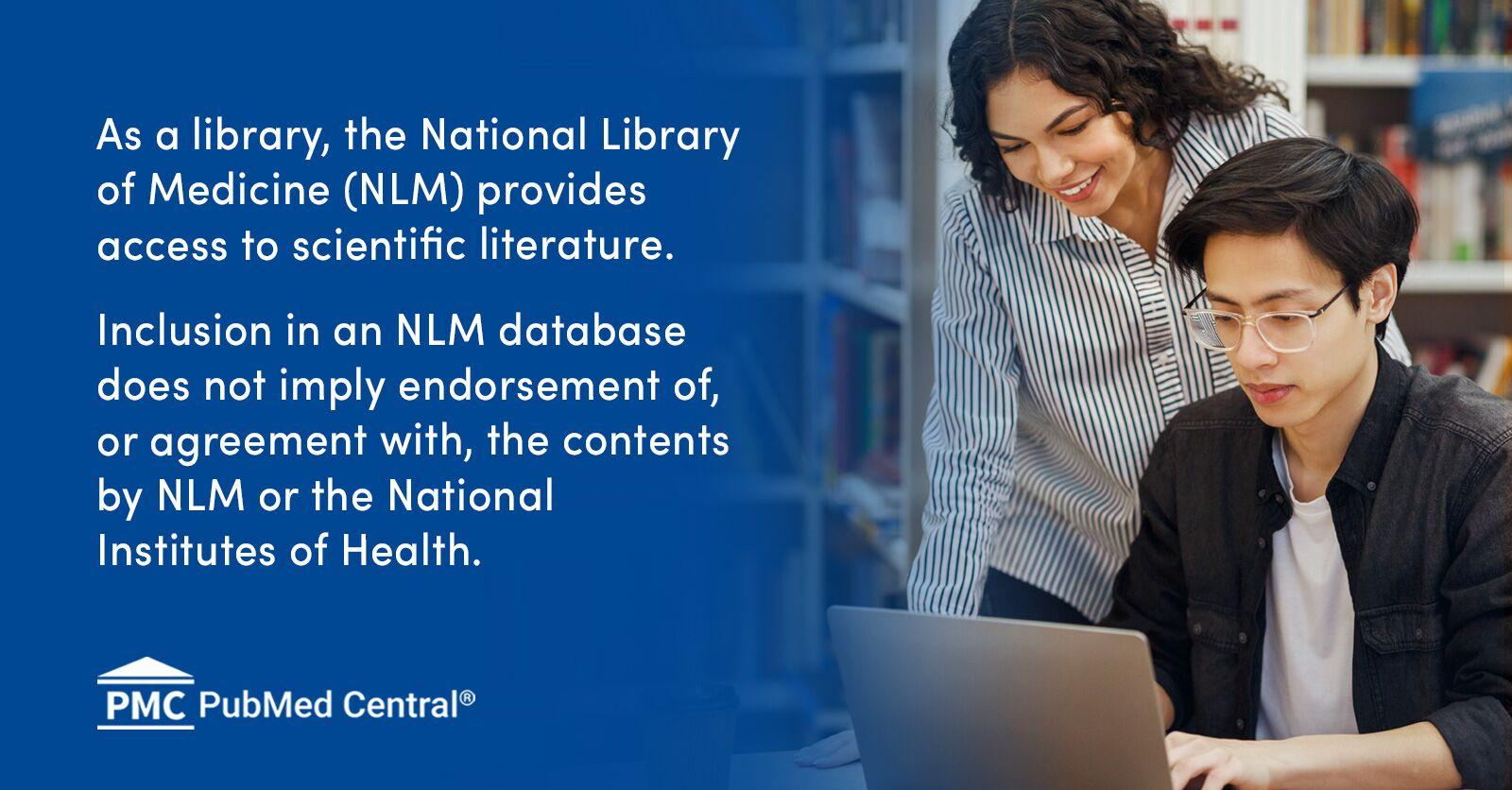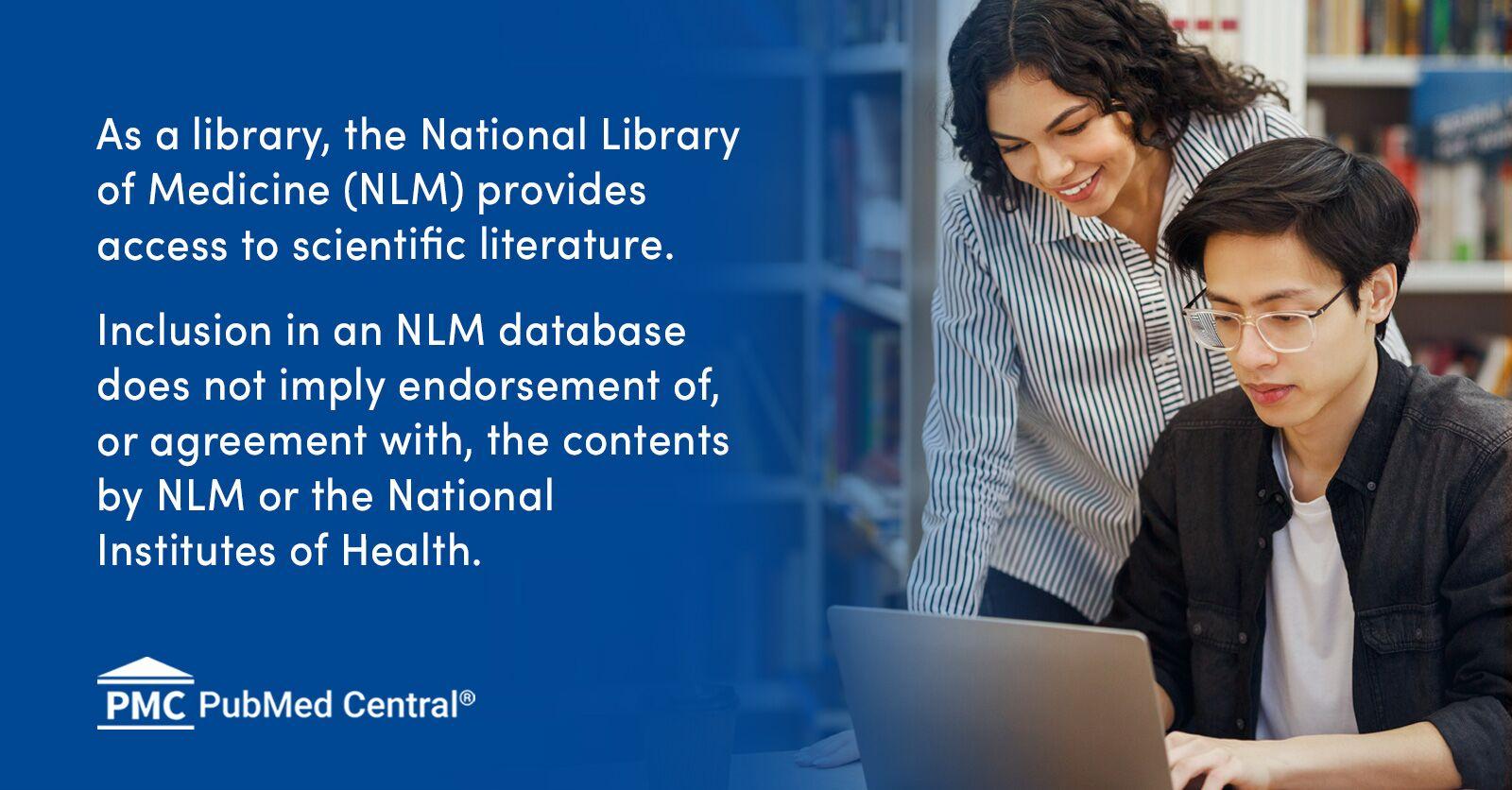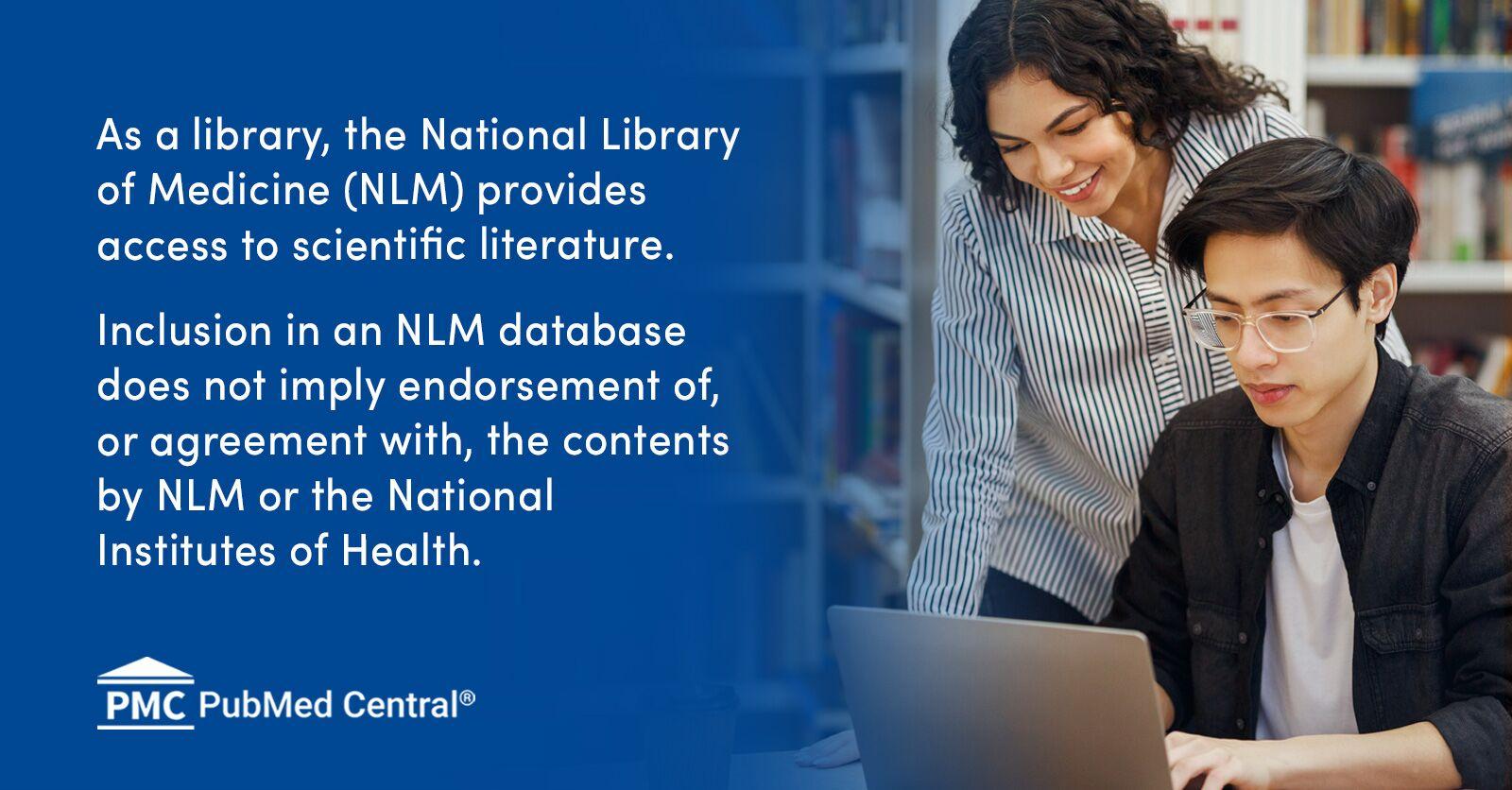In the rapidly evolving landscape of Smart Wellness & Biohacking, understanding how our digital lives impact our overall well-being is paramount. For many, the relentless notifications, endless scrolling, and always-on culture have become a source of subtle, chronic stress, eroding focus, sleep, and even our deep connections. Creating A Digital Detox Routine That Actually Works isn’t just about disconnecting; it’s about intelligently re-engaging with life, leveraging scientific principles to optimize your brain, body, and spirit. This guide will walk you through building a sustainable and effective strategy to reclaim your attention and enhance your human performance, aligning perfectly with the Bio-Synergy Innovations philosophy of data-driven, personalized health optimization.
The Biohacking Imperative: Why Digital Detox Matters for Human Optimization
We often view digital interaction as benign, but the constant influx of information and the reward mechanisms embedded in our devices are powerful neurochemical triggers. From a biohacking perspective, this constant digital stimulation impacts several critical systems:
- Brain Health & Cognitive Function: Chronic screen time can lead to a state of “continuous partial attention,” reducing our capacity for deep work, critical thinking, and sustained focus. The prefrontal cortex, responsible for executive functions, can become overtaxed, leading to decision fatigue and reduced cognitive resilience. Our brains thrive on focused attention and periods of rest, not constant stimulation.
- Sleep Quality & Circadian Rhythm: Blue light emitted from screens, especially in the evening, suppresses melatonin production, disrupting our natural sleep-wake cycles. Even the psychological arousal from checking emails or social media before bed can significantly impair sleep onset and quality, directly impacting cellular repair, memory consolidation, and hormonal balance.
- Emotional Regulation & Stress Response: The comparison trap of social media, the anxiety of missing out (FOMO), and the constant vigilance for notifications can elevate cortisol levels. This sustained sympathetic nervous system activation, characteristic of our modern digital existence, can lead to chronic stress, anxiety, and even symptoms of depression.
- Dopamine Overload: Every notification, like, or new piece of content delivers a small hit of dopamine, the neurotransmitter associated with reward and motivation. While essential, an over-reliance on these external hits can desensitize our natural dopamine pathways, making everyday activities feel less rewarding and fueling a need for constant stimulation.
“The subtle yet pervasive impact of digital overload is one of the most underestimated threats to modern human performance,” explains Dr. Elias Vance, Bio-Optimization Lead at Bio-Synergy Innovations. “By proactively disengaging, even for short periods, we allow our brains to reset, our nervous systems to rebalance, and our innate capacity for focus and calm to resurface. It’s not deprivation; it’s optimization.”
Decoding Your Digital Habits: A Pre-Detox Assessment
Before you embark on creating a digital detox routine that actually works, it’s crucial to understand your current relationship with technology. This self-assessment isn’t about judgment; it’s about data collection, a cornerstone of biohacking.
- What devices do you use most often? (Smartphone, laptop, tablet, smart TV, gaming console?)
- When do you feel most compelled to check your devices? (First thing in the morning, during meals, before bed, when bored, when stressed?)
- Why do you reach for them? (For work, social connection, entertainment, distraction, habit?)
- Where do you typically use your devices? (Bedroom, dining table, bathroom, during commutes?)
- Who are you interacting with digitally that drains your energy? (Certain social media feeds, news sites, group chats?)
- How much screen time do you average daily/weekly? (Use built-in screen time trackers on your phone/computer.)
Understanding these patterns will illuminate your triggers and help you tailor a detox plan that addresses your specific needs, rather than a one-size-fits-all approach.
Crafting Your Effective Digital Detox Routine
This isn’t about abandoning technology forever. It’s about intentionality and balance, integrating mindful tech use into your Smart Wellness journey. Here’s a step-by-step guide for creating a digital detox routine that actually works:
- Define Your “Why”: What specific benefits do you seek? Better sleep, improved focus, more present relationships, reduced anxiety? Having a clear motivation will sustain you through challenges.
- Set Clear Boundaries & Expectations:
- Time Blocks: Designate specific hours each day as “tech-free zones” (e.g., first hour after waking, last hour before bed, during meals, dedicated family time).
- App Audits: Delete apps that drain your time and energy. Turn off non-essential notifications for social media, news, and even certain messaging apps.
- Communication Rules: Inform close contacts about your detox periods so they know when you’ll be reachable.
- Create Tech-Free Zones and Spaces:
- Bedroom Sanctuary: Make your bedroom a device-free zone. Charge your phone outside the bedroom. Invest in an analog alarm clock. This is non-negotiable for sleep optimization.
- Dining Table: Commit to no phones at the dinner table, fostering deeper connection and mindful eating.
- Nature Breaks: Spend time outdoors without your phone. Leave it in the car or at home.
- Replace Screen Time with Biohacking Practices: This is where the magic happens. Don’t just remove; replace!
- Mindfulness & Meditation: Use the newfound time for breathwork, guided meditation, or simply quiet reflection. This directly impacts stress resilience and cognitive clarity.
- Movement & Exercise: Engage in physical activity – a brisk walk, yoga, strength training. Movement is a powerful biohack for mood, energy, and brain health.
- Reading Analog: Pick up a physical book. It stimulates different brain regions and avoids the mental fatigue associated with backlit screens.
- Creative Pursuits: Re-engage with hobbies like drawing, playing an instrument, writing, or cooking.
- Social Connection (In-Person): Prioritize face-to-face interactions. Call a friend, meet for coffee, spend time with loved ones without digital distractions.
- Nature Immersion: “Forest bathing” (Shinrin-yoku) is a proven biohack for stress reduction and mental restoration.
- Utilize Smart Wellness Tech Strategically: Not all tech is bad. Bio-Synergy Innovations advocates for intelligent tech use.
- Blue Light Blocking Glasses: Essential for evening screen use if completely avoiding screens isn’t possible.
- Smart Alarms: Devices that wake you gently during light sleep phases can improve morning energy, without the temptation of a phone in bed.
- Wearable Trackers (with Intent): Use devices to track sleep, HRV, or activity, but review data consciously, not compulsively. Many have “do not disturb” modes.
- App Limiters & Screen Time Management Tools: Use built-in phone features or third-party apps to set hard limits on app usage.
Advanced Biohacking for Sustained Digital Wellness
Beyond the basic detox, incorporating these advanced biohacking principles can solidify your healthy digital habits:
- Dopamine Reset Protocols: Periodically engage in a “dopamine fast” – deliberately abstaining from all easily accessible pleasure sources (including digital entertainment, sugary foods, excessive shopping) for a set period (e.g., 24 hours, a weekend). This can re-sensitize your dopamine receptors, making natural pleasures more rewarding.
- Optimizing Your Circadian Rhythm with Light: Maximize natural light exposure in the morning (go outside, open curtains) and minimize artificial light, especially blue light, in the evening. Red light therapy devices can also support sleep and recovery.
- Mindful Tech Integration: When you do use digital tools, do so with purpose. Before opening an app, ask yourself: “What is my intention here? What value am I seeking to gain?” This simple question can dramatically reduce mindless scrolling.
| Digital Habit (Problematic) | Biohacked Habit (Optimized) |
|---|---|
| Checking phone first thing in morning | Morning light exposure, meditation, movement |
| Scrolling social media when bored | Reading a physical book, deep breathing, going for a walk |
| Using phone as alarm in bedroom | Analog alarm clock, phone charged in another room |
| Mindless evening screen time | Evening red light exposure, reading, social connection |
| Constant notifications | Notifications off, scheduled check-ins for essential apps |
 A peaceful tech-free bedroom sanctuary emphasizing sleep and relaxation, with no electronic devices visible, showing a comfortable bed, natural light, and perhaps a physical book or a plant. The image highlights the benefits of a digital detox for improved sleep and mental well-being.
A peaceful tech-free bedroom sanctuary emphasizing sleep and relaxation, with no electronic devices visible, showing a comfortable bed, natural light, and perhaps a physical book or a plant. The image highlights the benefits of a digital detox for improved sleep and mental well-being.
Overcoming Detox Challenges and Staying Consistent
It’s easy to start a digital detox, but consistency is the real challenge. You might experience FOMO, boredom, irritability, or social pressure.
- Acknowledge and Process: Recognize these feelings without judgment. They are natural responses to breaking a habit. Instead of reaching for your phone, journal about what you’re feeling, or try a quick breathing exercise.
- Find Your Accountability Partner: Share your goals with a friend, family member, or join a digital wellness community. Mutual support can make a huge difference.
- Start Small and Build: Don’t aim for a complete digital blackout immediately if it feels overwhelming. Begin with small, manageable steps, like a 30-minute tech-free window daily, and gradually expand.
- Celebrate Small Wins: Acknowledge your progress. Did you go an hour without checking your phone? That’s a win! Reinforcing positive behaviors encourages consistency.
- Track Your Progress (Non-Screen Based): Instead of tracking screen time on your phone, keep a physical journal to note improvements in sleep, mood, focus, and productivity.
“The journey of creating a digital detox routine that actually works is an ongoing process of self-discovery and adaptation,” advises Dr. Elias Vance. “Be kind to yourself, experiment, and remember that every moment of intentional disconnection is a step towards greater overall vitality and cognitive freedom. It’s about empowering yourself, not restricting yourself.”
Conclusion
Creating a digital detox routine that actually works is more than just turning off your phone; it’s a proactive step towards a more balanced, focused, and resilient you. As pioneers in Smart Wellness & Biohacking, Bio-Synergy Innovations champions this holistic approach, recognizing that true optimization comes from intelligently managing all aspects of our environment, including the digital one. By implementing these strategies, you’re not just reducing screen time; you’re investing in superior cognitive function, deeper restorative sleep, and a more profound connection to the present moment. Embrace the power of strategic disconnection and unlock your full potential.
FAQ
Q1: What are the immediate benefits of starting a digital detox routine?
A: You can expect improved focus, reduced anxiety, better sleep quality, and a greater sense of presence in your interactions. Many people report feeling more energized and less mentally cluttered within just a few days.
Q2: How long should a digital detox last to be effective?
A: There’s no one-size-fits-all answer. Even short, consistent daily breaks (e.g., 1 hour in the morning and evening) can be highly effective. For deeper resets, a 24-hour or weekend-long detox can yield significant benefits. The key is consistency and finding what works for your lifestyle.
Q3: Can smart wellness devices help me with my digital detox?
A: Absolutely. While the goal is to reduce compulsive screen time, smart wellness devices can be used strategically. Tools like blue light blocking glasses, analog smart alarms, or wearables that track sleep quality can support your detox goals when used mindfully, without contributing to screen addiction.
Q4: What if my work requires constant digital presence?
A: For essential work tasks, focus on purposeful use. Set specific times for emails and messages, use tools to block distracting websites, and schedule regular micro-breaks away from your screen. The goal is to separate essential digital work from recreational or habitual usage.
Q5: Will a digital detox impact my social connections?
A: Initially, it might feel challenging, especially with friends accustomed to constant digital communication. However, a digital detox often strengthens real-world connections by encouraging more in-person interactions, phone calls, and focused conversations without screen distractions.
Q6: What are some common challenges during a digital detox and how can I overcome them?
A: Common challenges include FOMO (fear of missing out), boredom, and withdrawal symptoms like restlessness. Overcome these by filling your time with engaging alternative activities, finding an accountability partner, and reminding yourself of your “why.” Patience and self-compassion are key.
Q7: How can biohacking principles make my digital detox more effective?
A: Biohacking enhances your detox by focusing on the underlying physiological and neurological impacts. Principles like optimizing your circadian rhythm, practicing dopamine resets, and employing deliberate mindfulness during tech use transform a simple break into a powerful strategy for improving brain health, energy levels, and overall well-being.



